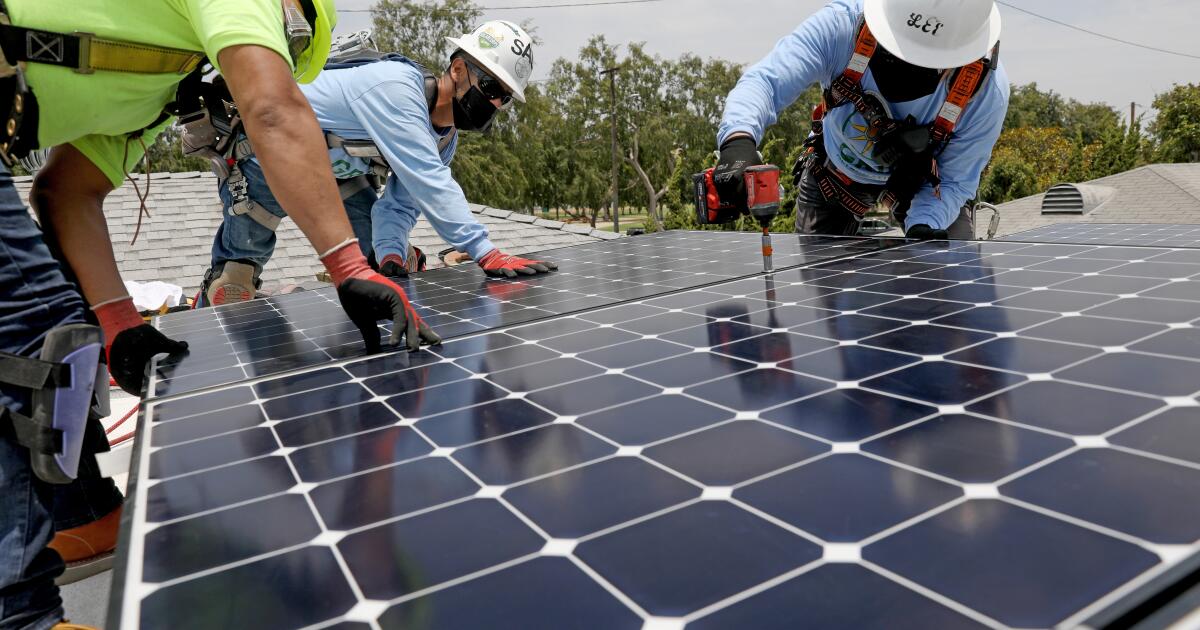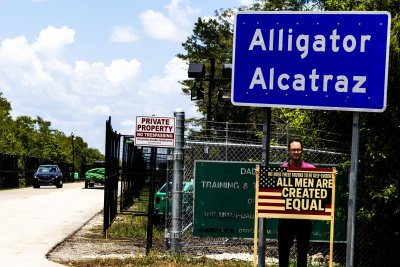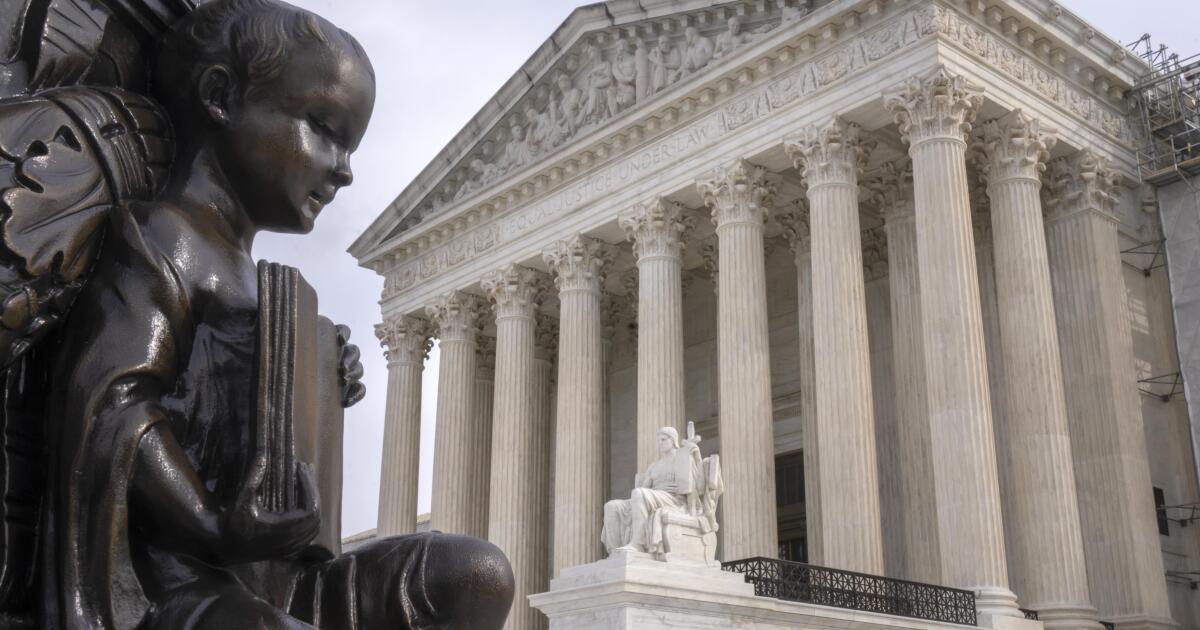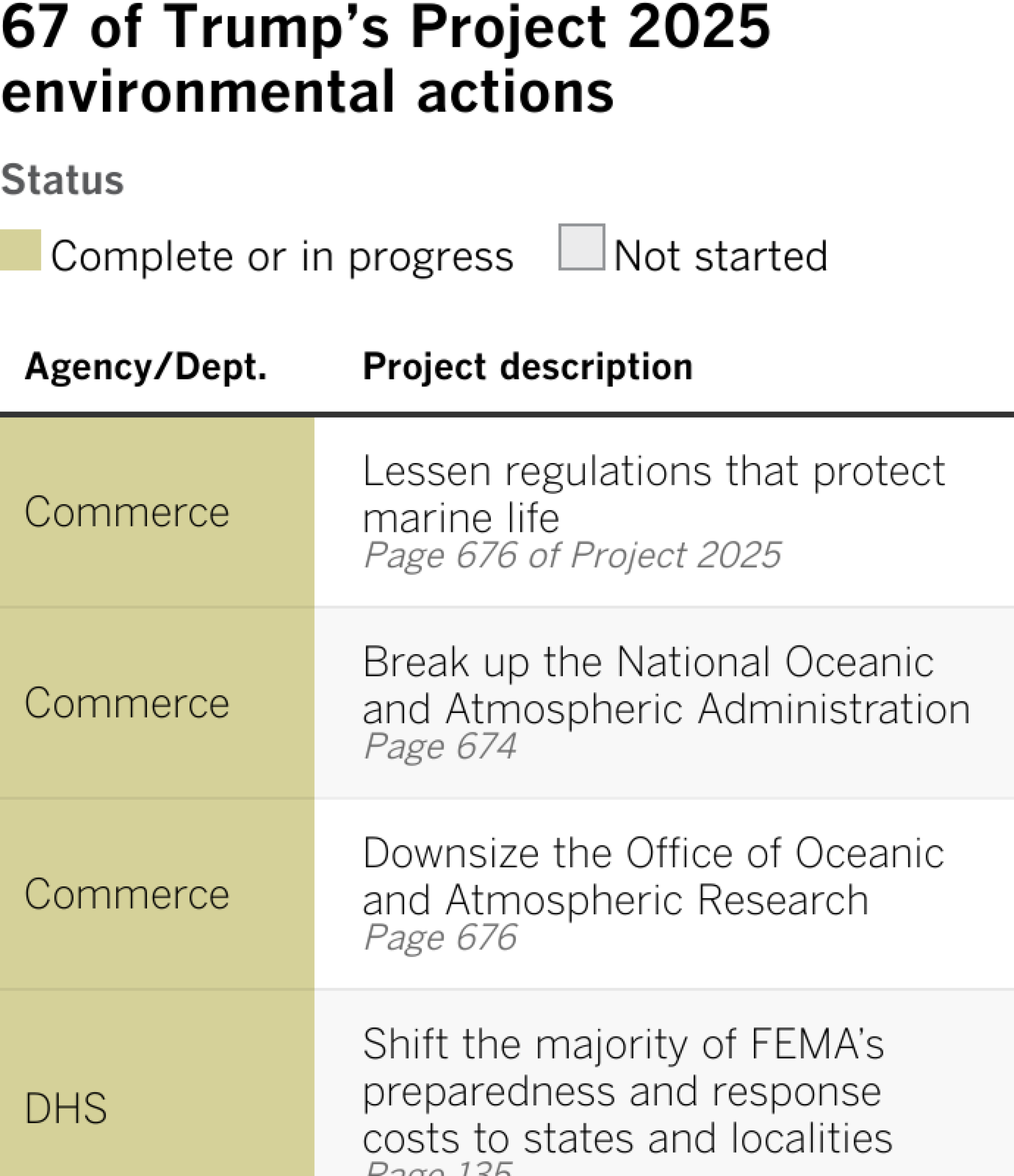Red Tractor ad banned for misleading environmental claims
 Red Tractor
Red TractorA TV advert by Red Tractor, the UK’s biggest certifier of farm products on supermarket shelves, has been banned for exaggerating the scheme’s environmental benefits and misleading the public.
The Advertising Standards Authority (ASA) ruled the organisation had provided “insufficient evidence” that its farms complied with basic environmental laws to substantiate the claims in its ad.
Environmental group River Action, which brought the complaint in 2023, said the ruling showed the scheme was “greenwashing” and urged supermarkets to stop using it.
But Red Tractor called the watchdog’s decision “fundamentally flawed” and argued that the scheme’s focus was animal welfare not environmental standards.
In 2021, Red Tractor aired an advert in which it said: “From field to store all our standards are met. When the Red Tractor’s there, your food’s farmed with care.”
You can watch it below.
The environmental charity River Action took issue with the ad, which ran for a further two years, and complained to the watchdog that it suggested to consumers that Red Tractor farms will “ensure a high degree of environmental protection”.
The charity pointed to a report by the Environment Agency, released in 2020, which looked at how many breaches of environmental law there were on Red Tractor farms in the previous five years. The report concluded that these farms were “not currently an indicator of good environmental performance”.
After more than two years of investigation – one of the longest running – the Advertising Standards Authority (ASA) upheld the complaint.
It said that Red Tractor had failed to provide “sufficient evidence” that its farms met “basic” environmental laws and had a good environmental outcome to substantiate the claims in the ad.
It also ruled that as a result the advert was “misleading” and “exaggerated” the benefits of the scheme.
River Action welcomed the decision by the ASA and called on supermarkets to act.
“What this shows is that for their environmental credentials Red Tractor has been misleading the public and their supplies,” said Amy Fairman, head of campaigns at River Action. “So, we’re looking for suppliers like supermarkets to really examine and take stock of what is on their shelves.”
She added that challenging such adverts was important because of the pollution risk to the environment from agricultural pollution.
In 2022, the Environment Audit Committee concluded that agriculture was one of the most common factors preventing rivers from being in good health – affecting 40% of them. The risks to the environment include from slurry and pesticide runoff.
 BBC News/Tony Jolliffe
BBC News/Tony JolliffeBut Red Tractor, which assures 45,000 farms in the UK, have pushed back strongly, calling the finding by the ASA “fundamentally flawed”.
Jim Mosley, CEO of Red Tractor, told the BBC: “They believe that we have implied an environmental claim. Nowhere in the voiceover or the imagery is any environmental claim actually made.”
He argued that the ASA only found a minority of people would think the advert meant Red Tractor farms had good environmental standards, and in fact the scheme is focused on other issues.
“Red Tractor’s core purpose is food safety, animal welfare, and traceability. Whilst we have some environmental standards, they are a small part. And as a consequence, we leave that entirely to the Environment Agency to enforce environmental legislation,” said Mr Moseley.
When asked if that meant Red Tractor does not know if its farms are complying with environmental law, he said: “Correct”.
But many supermarkets do refer to the environmental benefits of Red Tractor farms.
Natalie Smith, Tesco’s head of agriculture said last month, on the 25-year anniversary of Red Tractor: “Certification schemes play a key role in providing reassurance for customers, and over the past 25 years, Red Tractor has established itself as a mark of quality, standing for… environmental protection.”
On Morrisons’ website it states: “100% of the fresh pork, beef, lamb, poultry, milk and cheddar cheese we sell in our stores comes from farms certified by Red Tractor, or an approved equivalent scheme, giving customers assurance… environmental protection.”
Both supermarkets were asked if they stood by the Red Tractor logo.
Morrisons did not respond to comment and Tesco referred the BBC to their industry body the British Retail Consortium.
The consortium said that “retailers remain committed to working with Red Tractor”, but that the organisation themselves are owners of the scheme.














